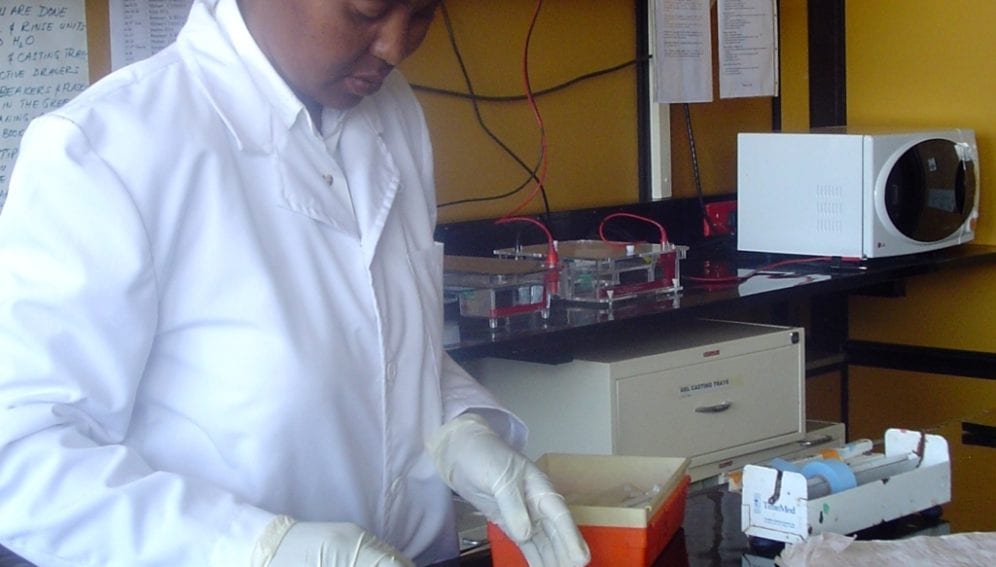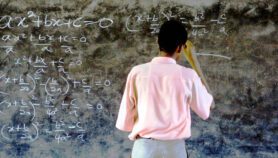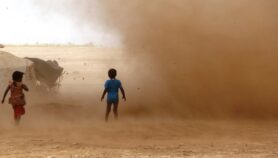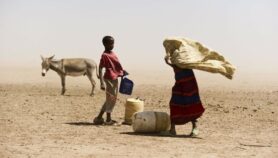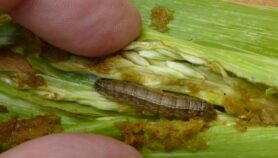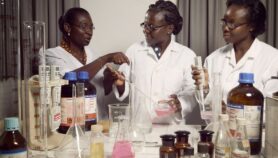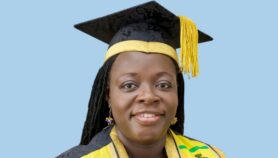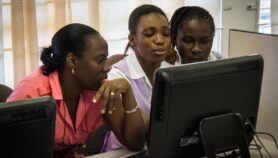By: Paula Park
Send to a friend
The details you provide on this page will not be used to send unsolicited email, and will not be sold to a 3rd party. See privacy policy.
The big news on African female researchers at the 2nd Ministerial Forum on Science, Technology and Innovation in Rabat, Morocco, was “bittersweet”.
But I found it mostly sweet.
“Let’s look forward to the day when we can stop writing about women in science and start telling more stories about the science women do.”
Paula Park
For the first time in its history the Organization for Women in Science for the Developing World (OWSD) has more qualified applicants for its annual fellowship than it can offer.
The bitter pill: Qualified women were turned away. “These are women working on their own under the most difficult circumstances,” Tanya Blowers, OWSD coordinator, told participants at the STI forum last month (14-17 October).
The sweet news: For the first time, 50 qualified women university graduates will be able to do deep scientific research overseas, with help from a developed-country mentor, and return home with PhDs they otherwise might not have been able to obtain. That is undeniably good news — and a big relief to me.
I wrote my first story on women in science in 2001. Most scientists and policymakers agreed long before that promising African female scientists must have funding for research and should be mentored by senior researchers.
Most policymakers agreed before 2001 that the need for scientific solutions to climate change, food scarcity, water crises and infectious diseases unique to Africa is so great that countries cannot afford to discount the capabilities of women.
But on the ground in 2014 the news on African girls and women remains mostly bitter.
The percentage of girls to boys enrolled at primary level in public and private schools is very low in Sub-Saharan Africa. For example, the UNESCO Institute for Statistics ranks seven nations in the region — Angola, Central African Republic, Chad, Côte d'Ivoire, Eritrea, Niger and Somalia —in the bottom ten of the 188 countries with data on such measure of female illiteracy. The world’s highest adolescent birth rates are in Sub-Saharan Africa: More than one in ten births are delivered by women less than 18 years old, according to the WHO.
The most bitter fruit? African adolescent rates are expected to rise in the next two decades, not fall, according to the United Nations Population Fund.
Staying in school slows the rate. If girls don’t stay in school and they give birth in adolescence, chances are they won’t become researchers.
The low female literacy and high birth rates are reflected in the low numbers of women in higher education. In the end, fewer African researchers are women in most countries.
So even the bittersweet news — that more African women qualify for scholarships than OWSD can give out — to me is great news. Just not great enough.
Donors: Get out the cheque books and hand OWSD the money it needs to help more African female researchers get their PhDs.
Let’s look forward to the day when we can stop writing about women in science and start telling more stories about the science women do.
This article has been produced by SciDev.Net’s Sub-Saharan Africa desk.


